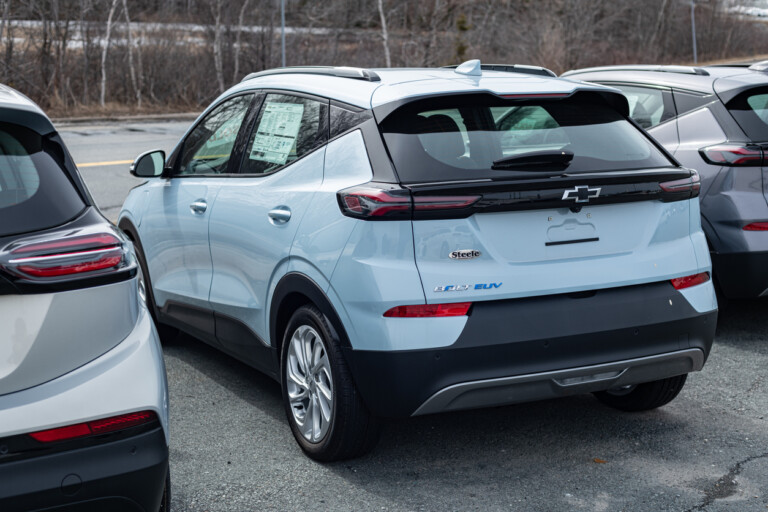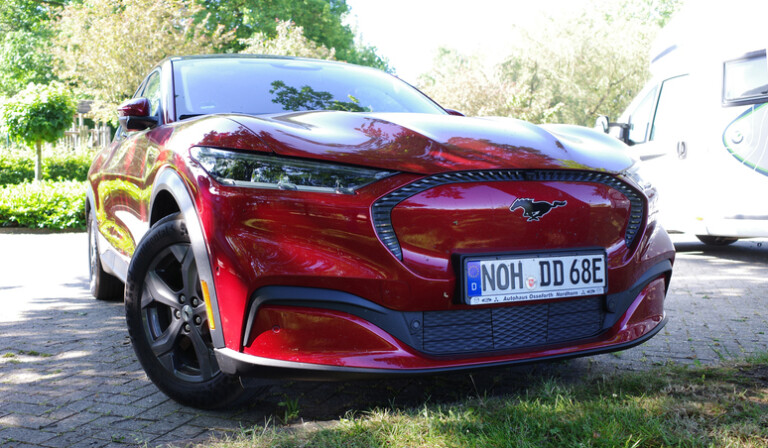In a surprise May 25 announcement, Ford and Tesla unveiled a collaboration that astounded the electric vehicle (EV) industry, its analysts, pundits, news outlets, and the stock market with the news that Ford is embracing Tesla’s EV charging technology, dubbed the North American Charging Standard (NACS). Just as the dust began to settle, GM followed suit on June 9, announcing its own collaboration with Tesla, with essentially the same agreement as Ford.
The alliances give Ford and GM EV customers in the U.S. something not available to other non-Tesla owners: access to 12,000 Superchargers in Tesla’s fast-charging network, the largest in North America by far. Existing Ford and GM EV owners will use Tesla-manufactured adapters to access the Tesla chargers starting in early 2024, and both automakers will equip their new EV models with NACS charging technology starting in 2025. And on June 20, Rivian announced its adoption of NACS and plans to work with Tesla.

A win for consumers and the planet
The move directly addresses range anxiety, which has long been a significant barrier to EV adoption. By offering drivers more choice and greater access to EV charging, the three companies are helping to accelerate EV adoption and, in turn, our progress toward sustainable transportation.
A financial boon for the automakers — and Tesla
Both Ford and GM have long acknowledged that lack of EV charging infrastructure stood in the way of their successful transition to becoming EV companies. That’s why Tesla built its Supercharger network. Ford established its Blue Oval charging network via partnerships with existing EV charging providers, and GM has done the same through its Ultium Charge 360 initiative.
Now, by joining forces with Tesla, they have “instant” additional high-speed charging infrastructure for their drivers, which will help with future sales. GM CEO Mary Barra also said the deal allows the company to be more capital efficient and anticipates up to $400 million in savings through speed and efficiency. The arrangement will also bring new revenues to Tesla when drivers of EVs from other makers begin to use the Supercharger network.

What does all this mean for EV charging standards and EV charging network operators?
The two largest automakers in the U.S. — who together with Tesla hold 72% of the U.S. EV market—have declared that NACS is the EV charging standard they will use going forward, rather than the Combined Charging System (CCS) standard used today by most EV manufacturers in North America and Europe (including, for now, GM and Ford). Major EV charging equipment manufacturers and leading EV charging network operators quickly followed with announcements to support NACS.
Some are calling this a victory for NACS and foresee it emerging as the de facto charging standard, at least for North America. NACS connectors are much smaller, lighter, and more powerful than CCS connectors, support both AC and DC charging, and are easier for drivers to use. They also provide a “plug and charge” experience.
But don’t count CCS out in North America. Not yet, anyway.
One thing working in favor of CCS in the U.S. is the Biden administration’s $7.5 billion National Electric Vehicle Infrastructure (NEVI) program, which includes minimum standards to ensure accessibility, reliability, affordability, and interoperability for publicly funded EV charging infrastructure. In response to the Ford and GM announcements, the White House said in a statement to Reuters that those standards allow for “both CCS and NACS, as long as drivers can count on a minimum of CCS.”
That keeps CCS alive, which helps support the investments that EV charging providers have made in their infrastructure and makes life easier for drivers of CCS EVs. It also makes NEVI funding available to Tesla as long as the company provides CCS connections on its chargers, which it is doing by adding its “Magic Dock” CCS adapter to new and selected existing chargers.
The Charging Interface Initiative (CharIN), the global industry association that promotes CCS, also issued a statement in response to the announcements, saying it stands behind CCS but also supports standardization of NACS. CharIN says that NACS is not yet a standard because it has not gone through collaborative due process with a standards development organization and invites members and others to join a task force to explore standardization of NACS.

The Driivz point of view
Anything that makes EV charging more accessible to more drivers is a benefit to the industry as a whole as well as to drivers themselves. This includes Tesla opening its Supercharger and Destination networks to Ford and GM NACS vehicles as well as making some chargers available to CCS vehicles via the Magic Dock adapter. However, it remains to be seen whether or not non-Tesla vehicles will get the full “Tesla experience” that comes from using a native NACS connection to the Tesla closed ecosystem of connected cars.
An open standards-based network that supports a variety of vehicles, chargers, payment gateways, and roaming mechanisms requires a sophisticated EV charging operations system to make all that interconnectivity and interoperability happen. So does addressing the real issue facing the EV charging industry: radically improving the stability and reliability of EV charging stations.
It really doesn’t matter which connector a driver uses if the charger doesn’t work. The same holds true for the driver mobile app. An end-to-end EV charging management platform that uses advanced technology to manage chargers remotely, increase charger availability, and assure smooth running of the entire network is essential to delivering an exceptional charging experience.
When the EV charging industry can give all EV drivers a simple, seamless, and “always on” charging experience that they can trust, we will see true acceleration of EV adoption — and real progress towards our goals for a healthier planet.




